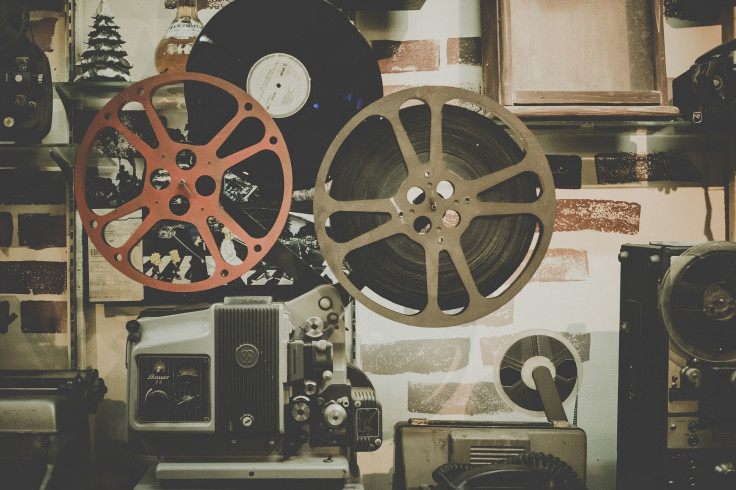Filmmaking Relies On Psychological Principles Of Facial Recognition, Says Study

Though filmmaking is considered an art by many, researchers from Cornell University argue that crafting popular movies relies on psychological principles having to do with how much information we can comprehend and absorb.
They say movie makers know how important it is for audiences to be able to read someone's expression; and factors, like distance and clutter in the shot, can make or break the shot. According to James Cutting and Kacie Armstrong, this is why directors will briefly zoom in on an actor's face, where the person's face seems smaller and surrounded by other objects. Psychologists have previously studied the perception of facial expression, but not necessarily how distance can influence other's perception.
The authors hoped to examine this interaction within the context of popular movies, conducting four separate studies to form a complete picture of the concept. In two, they looked at 24 popular drama, action, and comedy movies filmed between 1940 and 2010. They examined the shot duration in a variety of scenes, noting the size of focal characters within the frame — shot scale. They also analyzed how clutter was accommodated.
The other two experiments looked at the time it took participants to categorize different facial expressions in a set of movie stills of various sizes. They were told to make a snap decision about whether the characters were experiencing a positive (joy) or negative (sadness) emotion.
Somewhat unsurprisingly, the faces that appear smaller on screen took participants longer to categorize than those that appeared larger, due to the fact facial expressions are harder to read as distance increases. The level of background clutter had a similar effect as distance — the more faces were crowded with clutter, the more difficult it was for viewers to read their expressions.
The authors suggest filmmakers know, at least implicitly, these principles, and purposefully employ them. Close up shots in most contemporary movies can be up to three seconds shorter than those in which a face appears at a greater distance. Also, the length of a shot is affected by how cluttered the scene is.
"Although filmmakers' knowledge about their craft is often tacit rather than explicit, they understand that visual clutter impedes recognition, and that the longer-scale cluttered shots often must have longer durations than they might otherwise have had," Cutting said in a press release.
Armstrong adds: "The craft of popular moviemaking is based on hard-won, practice-forged, psychological principles that have evolved over a long time, fitting stories and their presentation to our cognitive and perceptual capacities."
Source: Cutting J, Armstrong K. Facial expression, size, and clutter: Inferences from movie structure to emotion judgements and back. Attention, Perception, & Psychophysics. 2016.
Published by Medicaldaily.com



























